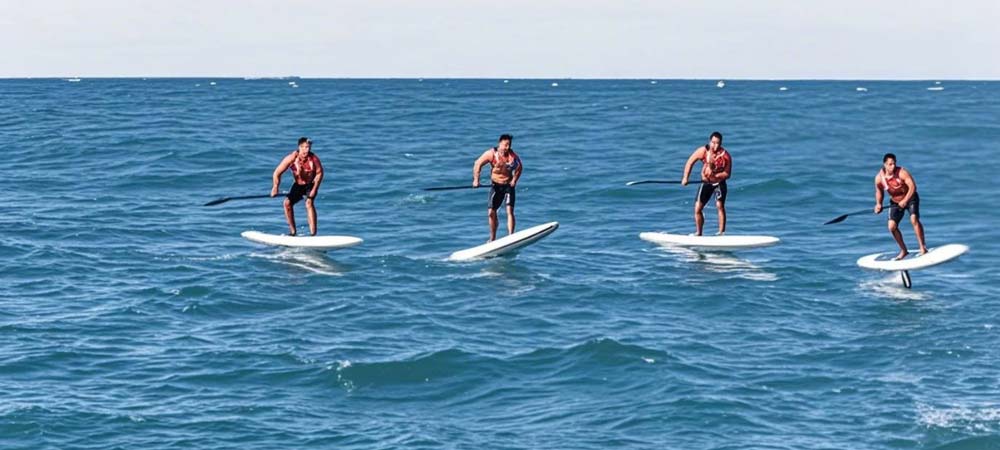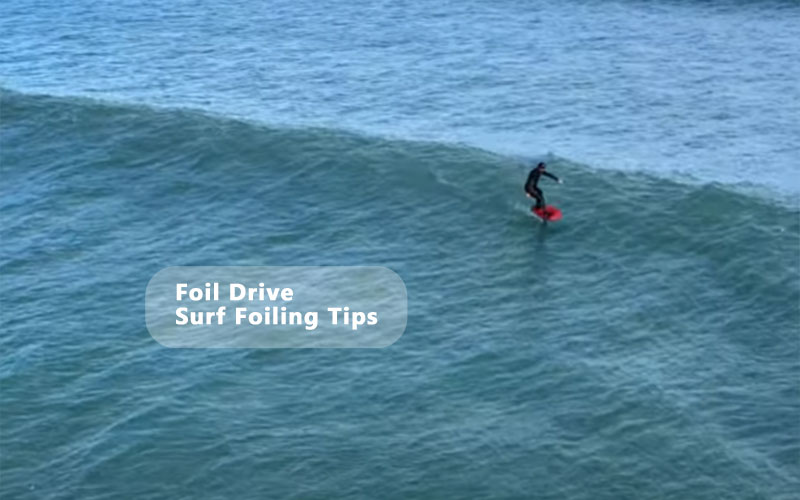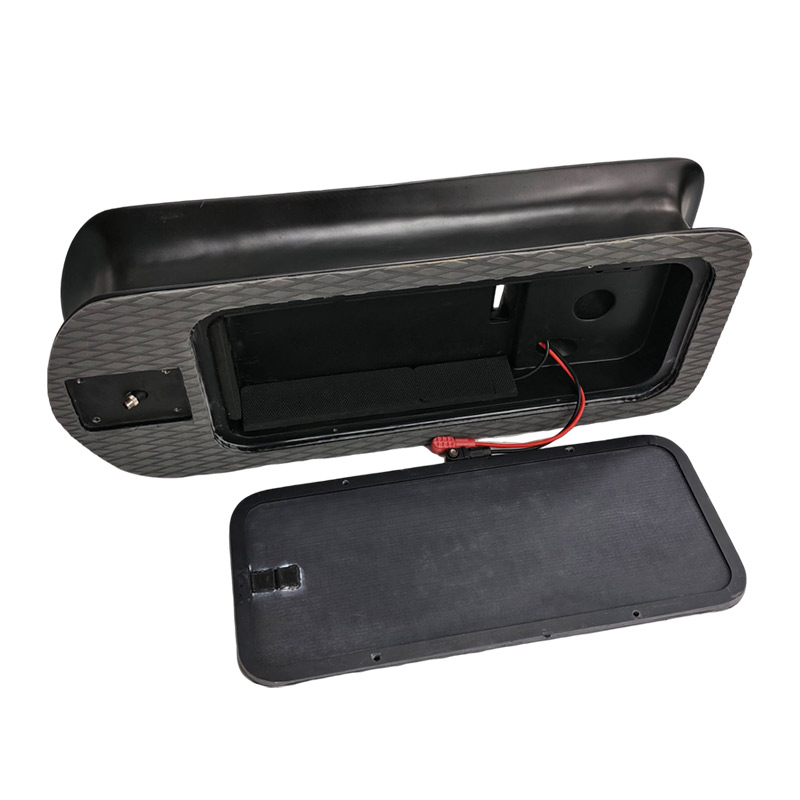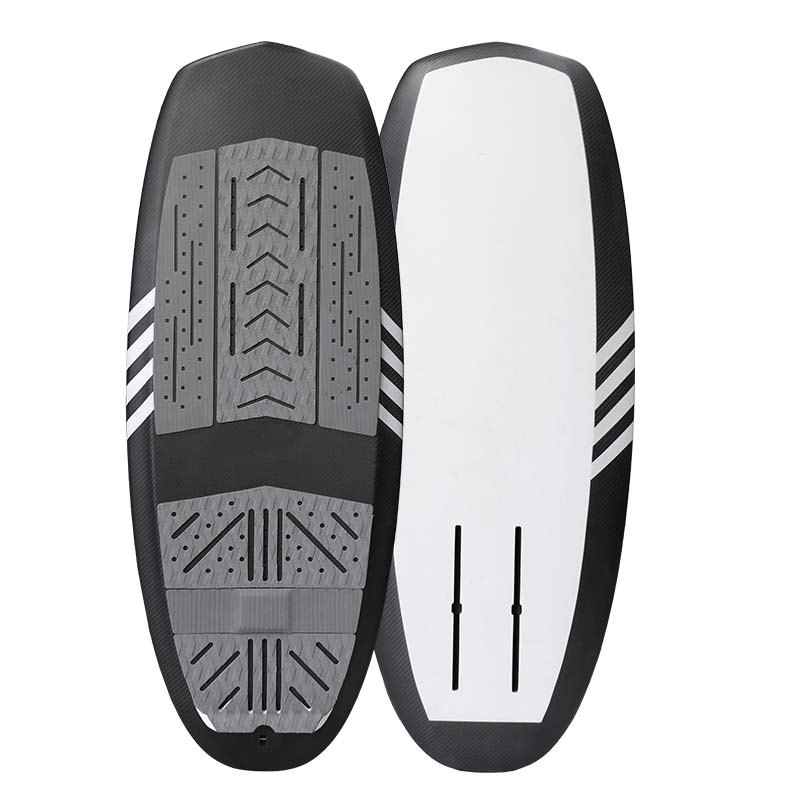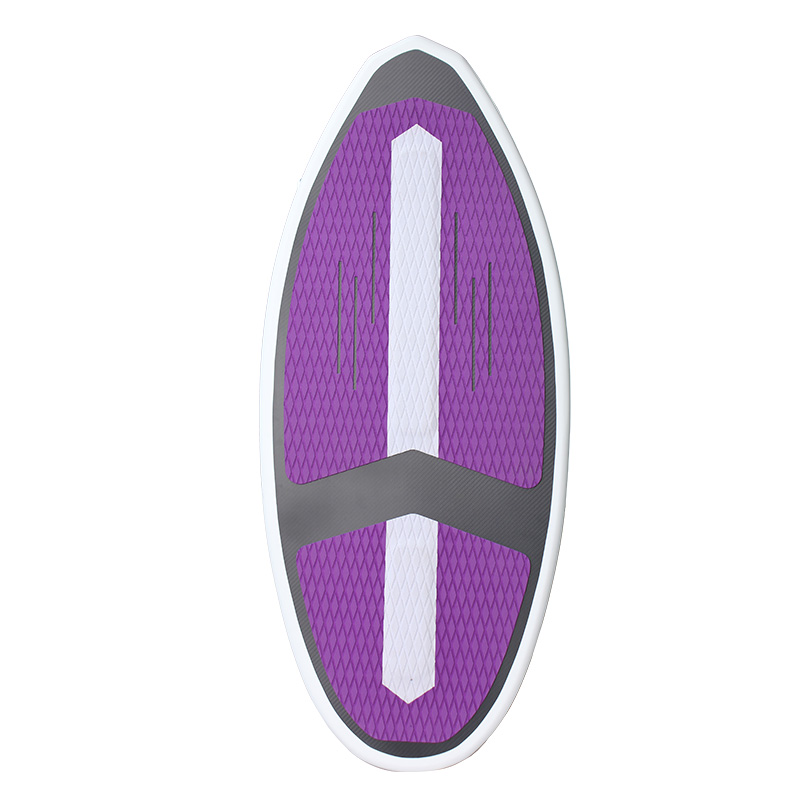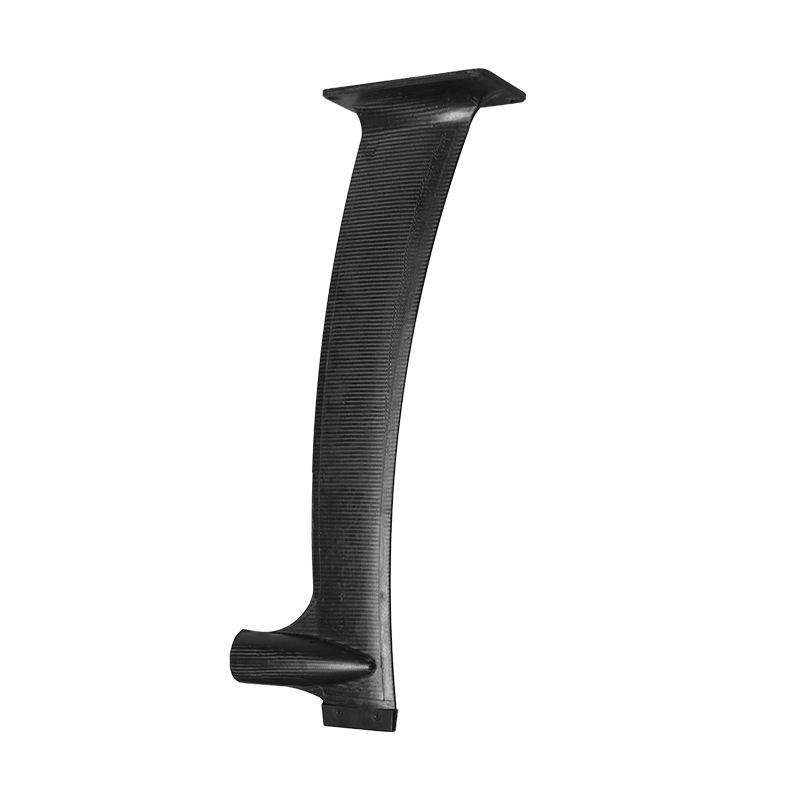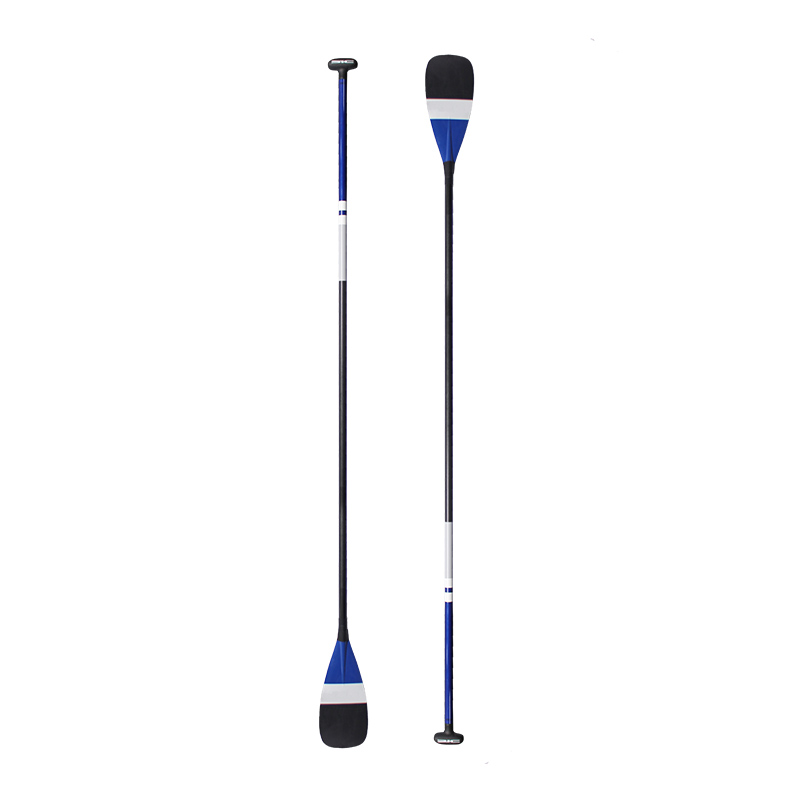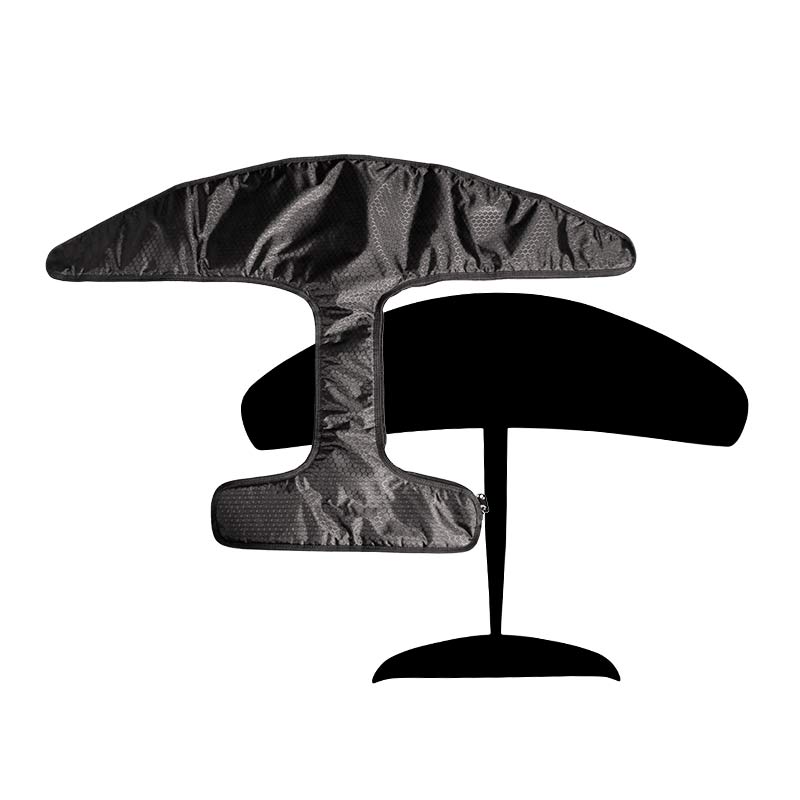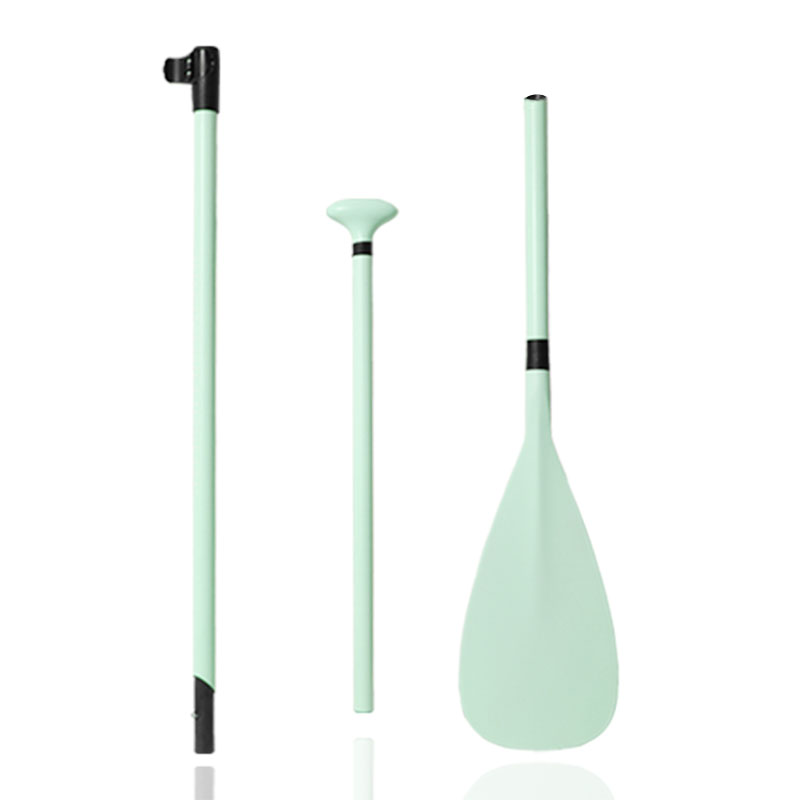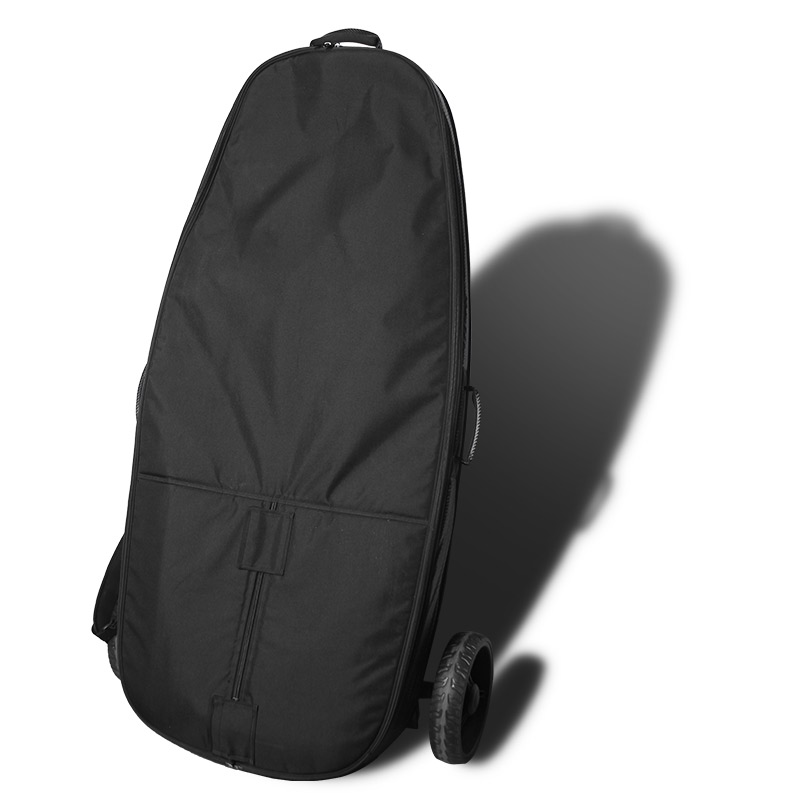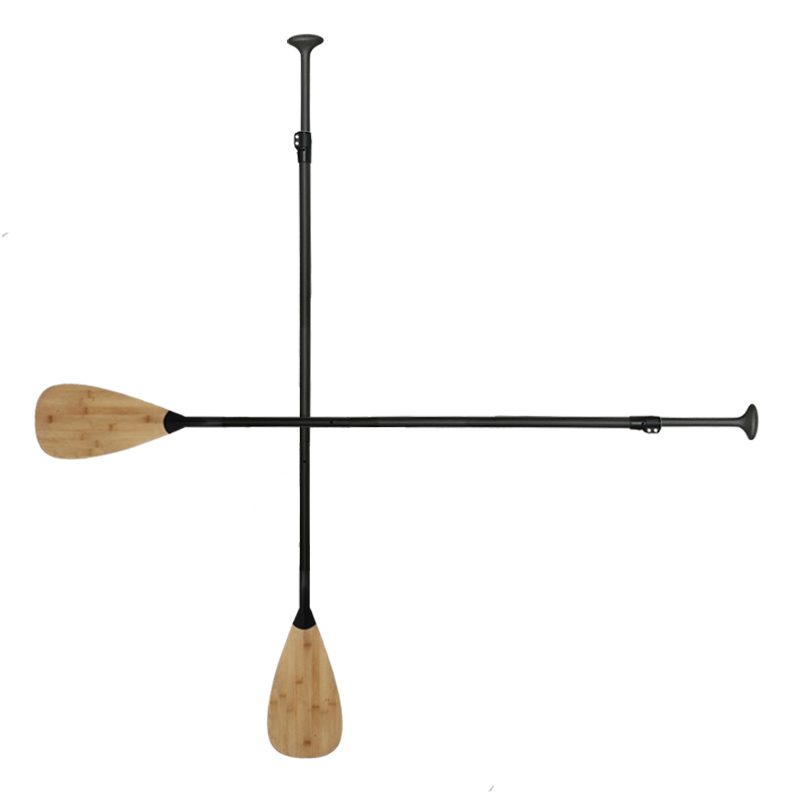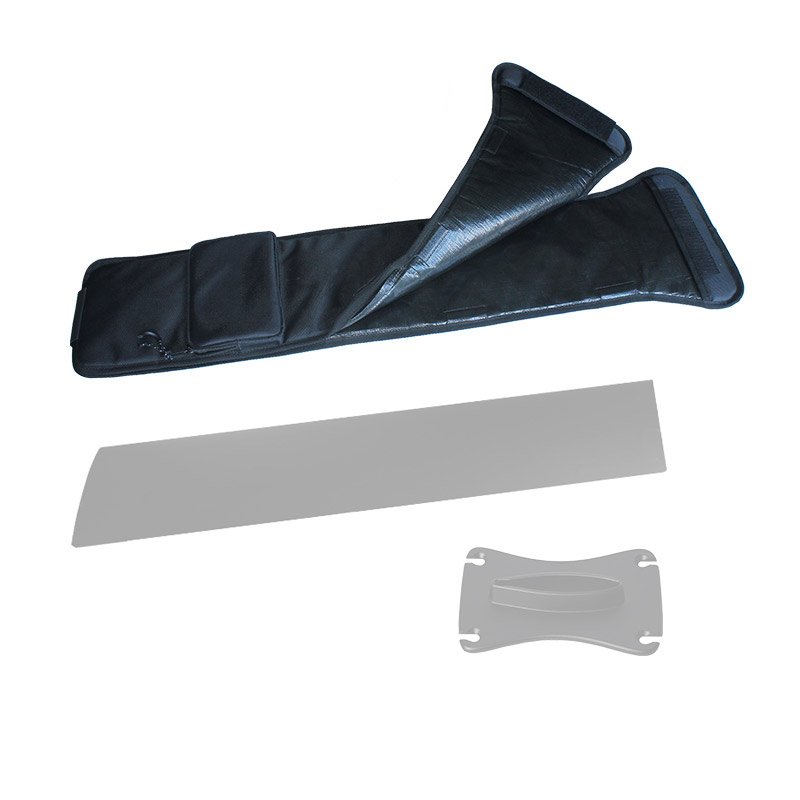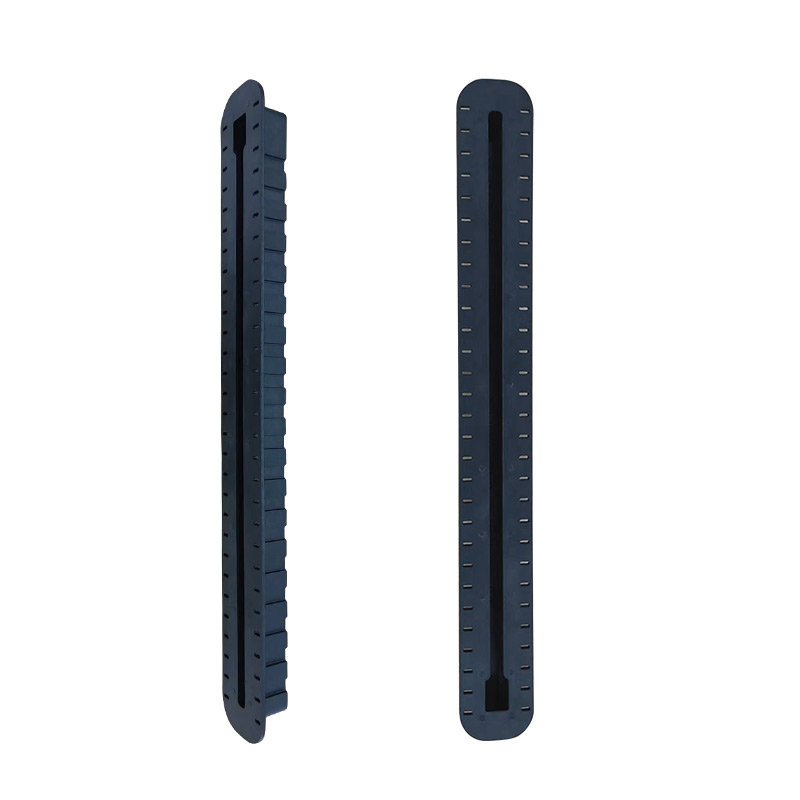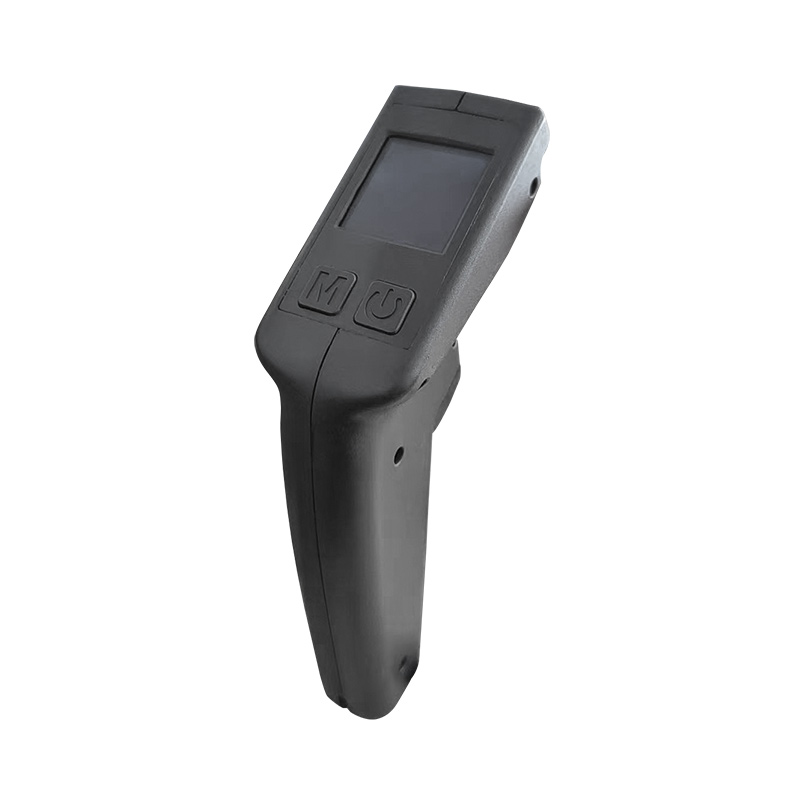There are various wakeboard types in the surfing industry, and different wakeboards play different roles in water sports. Each type of wakeboard is designed with specific features and characteristics to cater to the diverse preferences and skill levels of wakeboarders. Now, today we will write an article to classify the types of them. And hope it will be helpful for you to learn about wakeboarding.
In order to provide you with a more complete Wakeboard Types understanding, we will explain the following several aspects. If you need to custom a wakeboard, welcome to click the link to have a check.

Wakeboard Types From Application
Generally, the wakeboard will be classified according to their use, here are some kinds of they for your reference.
Boat Wakeboards:
These wakeboards are primarily designed for use behind boats and are tailored for boat wake conditions. They often feature a stiffer construction, deeper channels, and sharp edges to provide better control, carving, and pop behind the boat. So, these kinds of boards need surfers to have good skills in surfing. For example, in order to catch up with the wave behind the boat, you need to watch the wave carefully as well as keep riding.
Cable Park Wakeboards:
Cable park wakeboards are crafted to withstand the unique conditions of cable parks, which may involve riding on features like sliders and kickers. They often have reinforced edges, a durable base, and other features for durability in cable park environments.
Hybrid Wakeboards:
Hybrid wakeboards are versatile boards designed for a range of riding conditions. They combine features suitable for both boat and cable park riding, offering a balanced performance that can accommodate different styles and preferences.
Wakeskates:
While not traditional wakeboards, wakeskates are a type of board used in wakeboarding. These boards do not have bindings or boots; riders use griptape on the surface to secure their feet. Wakeskates are more similar to skateboards and are popular among those who enjoy a free-riding and trick-oriented approach.
Wakesurf Boards:
Wakesurf boards are distinct from traditional wakeboards. They are used for wakesurfing, where riders ride the boat’s wake without being towed. These boards are typically larger, with different shapes and design features optimized for a surf-like experience.

Different Skill Level Wakeboard Types
Beginner Wakeboards
Wakeboards for beginners are typically forgiving and user-friendly. They often have a more stable and buoyant design, making it easier for novices to learn the basics of wakeboarding. These boards may also feature softer landings and a more forgiving ride.
Intermediate Wakeboards
Intermediate wakeboards are designed for riders who have gained some experience and want to progress in their wakeboarding skills. They offer a balance of stability and performance, allowing riders to work on tricks and maneuvers.
Advanced Wakeboards
Advanced wakeboards are tailored for experienced riders who seek higher levels of performance. They often feature aggressive designs, specialized features for tricks and jumps, and responsive handling.
Different Crowds’ Wakeboard Types
Women’s Wakeboards:
Wakeboards designed specifically for women often consider factors like weight distribution, flex patterns, and aesthetics tailored to female riders. These boards may come in various sizes to suit different female riders.
Youth Wakeboards:
Youth wakeboards are designed for younger riders, usually children and teenagers. These boards are typically smaller and lighter, making it easier for young riders to control and learn wakeboarding.
The Structure of Wakeboard Types
Traditional wakeboard with fins and bindings:
In traditional wakeboarding, the rider uses a specialized board with fins and bindings attached. The rider is pulled by a boat or cable system and uses the board to perform tricks and maneuvers on the surface of the water. And riders will use the water’s resistance to carve, jump, and perform tricks. It offers a dynamic and thrilling experience with splashes and water interactions.
Hydrofoil Wakeboard:
Unlike the traditional type, hydrofoil wakeboarding involves riding a wakeboard with a hydrofoil attached beneath it. The hydrofoil consists of a mast and a wing, which create lift as the board moves forward. This lift allows the board to rise above the water’s surface, giving the rider a unique flying sensation.
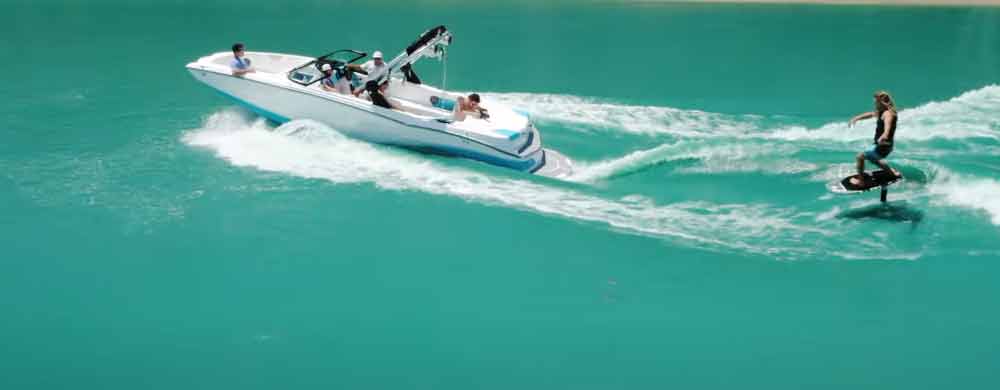
It provides a smoother and more elevated ride. The hydrofoil’s lift minimizes water resistance, allowing the rider to “fly” above the water, providing a sensation of gliding. It offers a unique and relatively smoother experience compared to traditional wakeboarding.
So, the main difference between wakeboarding and hydrofoil wakeboarding lies in the board design and the riding experience. Traditional wakeboarding involves riding on the water’s surface with direct contact, while hydrofoil wakeboarding utilizes a hydrofoil to lift the board above the water, offering a distinct flying sensation. Each sport has its own unique appeal and challenges, catering to different preferences and skill levels.
Wakeboard Types Summary
In conclusion, the multitude of wakeboard types in the surfing industry ensures that there is a board for every rider, whether they are beginners, experienced enthusiasts, boat riders, cable park enthusiasts, or those with specific preferences. The rich diversity in wakeboard designs makes the world of water sports even more exciting, accessible, and tailored to individual tastes and skills. Whatever your wakeboarding aspirations may be, you can find the perfect board to match your style and level of expertise.



